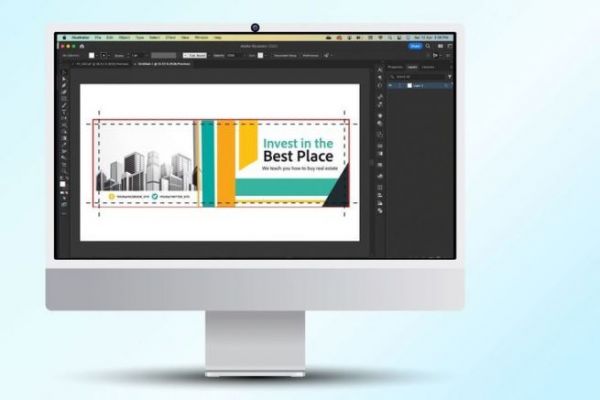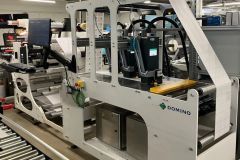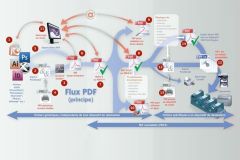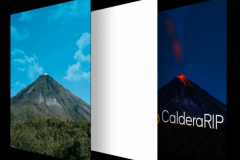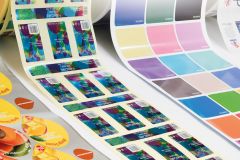While the standardization of the PDF format in print workflows dates back more than three decades, Adobe continues its technical development with version 7 of the Adobe PDF Print Engine (APPE). Presented at the Fespa trade show in Germany in early May, this version, based on the Mercury RIP architecture, marks a major step forward in the integration of prepress functions within the rendering engine itself, reducing upstream processing.
The main change in APPE 7 involves moving critical prepress functions to the core of RIP processing, thereby reducing manual intervention.
Integrated ECG transparency processing
As a result, transparency effects can now be mixed in ECG (Expanded Color Gamut) mode in multichrome (CMYK+OVV).
This function enables full use to be made of the colorimetric capabilities of multi-color presses, with a more homogeneous, vivid rendering. It also avoids the complex external processing often required for this type of job in offset and flexo printing.
Fewer intermediate files thanks to in-RIP variable data merging
Other new features include variable data merging directly into the RIP, which meets the growing needs of brands for connected packaging and traceability. This function enables elements such as serial numbers or barcodes to be dynamically injected without the creation of intermediate files, thus optimizing processing time and resource consumption.
Direct acceptance of native files by APPE 7
The engine now supports direct rendering of Adobe Illustrator and Photoshop files. For printers receiving files from web-to-print platforms, this eliminates the need for manual opening and prior conversion to PDF. This immediately saves time, while guaranteeing reproduction in line with Adobe parameters.
Automatic generation of bleeds and cutting path adjustments
APPE 7 introduces automatic creation of in-RIP bleeds when these are absent from the source files, a useful function when delivered files are incomplete or have no safety margin for cutting.
It also enables dynamic adjustment of cutting lines according to the physical parameters of the blade or laser, and the properties of the substrate. These functions reduce the need for manual retouching and make finishing stages safer, especially for large-format and packaging applications.
A white coating for metal printing
Adobe also integrates automatic management of a white layer for printing on metallic substrates, exploiting the direct tone plate defined by the graphic designer. This capability improves the precision of the supporting white while limiting the need for costly excess ink.
Faster engines thanks to better material utilization
Adobe is also announcing performance improvements, notably in the use of SSDs for caching, multi-threaded processing and image resampling. These gains should enable OEM RIP partners to offer faster, more scalable solutions for data-intensive workflows.
PDF Print Engine 7 beta version now available to licensing partners Adobe Print RIP SDK in April. The final Gold Master version will be delivered in August. Adobe predicts that major OEMs and RIP suppliers will be offering products running version 7 in 2026.
